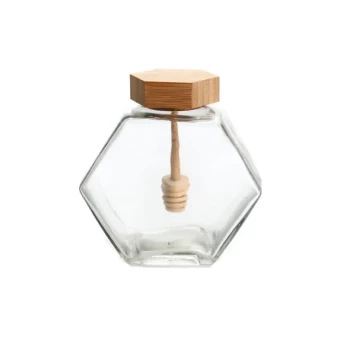Toggle Categories
Get Instant Support
Choose your preferred way to connect with our team
-
Get Free Quote Fill out form for detailed pricing
-
Send Email Detailed inquiry support
-
WhatsApp Quick mobile chat
Response Time
Within 8 hours on working days, 24 hours on holidays
Honey Jars &Bottles
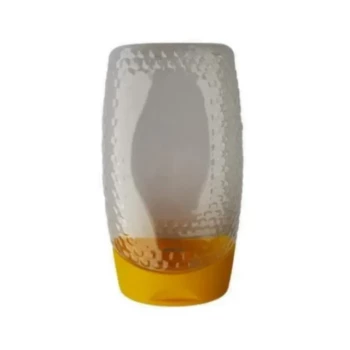
Inverted Squeezable Honey Jar with No Drip Flip Top Cap for Easy Pouring
Item Number : PHJ-1
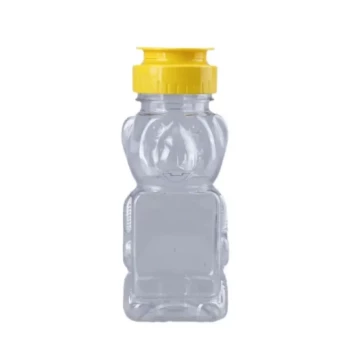
Classic Honey Bear Jars with Flip Top Dispensing Cap for Liquid Sweeteners
Item Number : PHJ-2
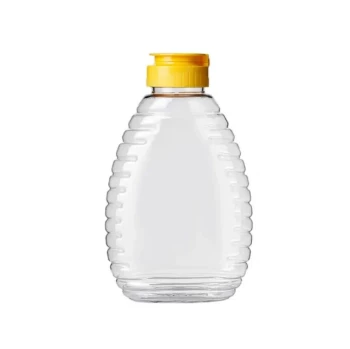
Squeezable No-Drip Beehive-Shaped Honey Jars with Flip-Top Cap
Item Number : PHJ-3
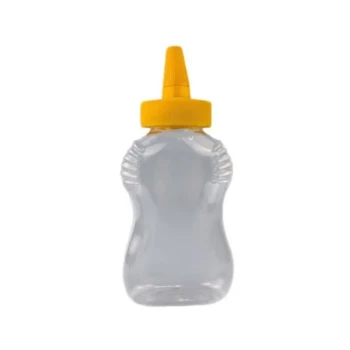
Ergonomic Squeezable Honey Bottle with Precision Twist Nozzle Cap
Item Number : PHJ-7
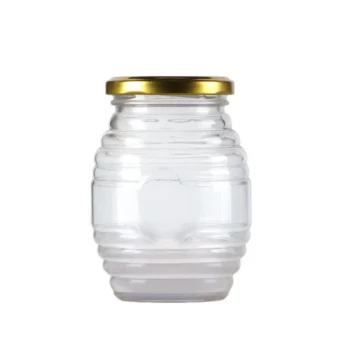
Classic Glass Honey Jar with Metal Lug Cap for Beehive Storage
Item Number : GHJ-1

Hexagonal Glass Honey Jars with Metal Lug Caps Elegant Versatile Packaging
Item Number : GHJ-2
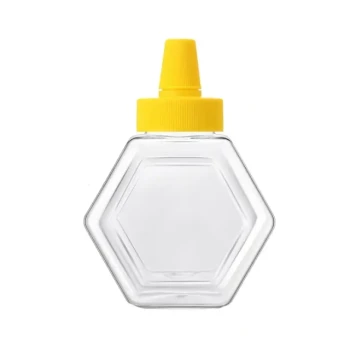
Hexagonal Squeeze Honey Bottle with No Drip Lid
Item Number : PHJ-8
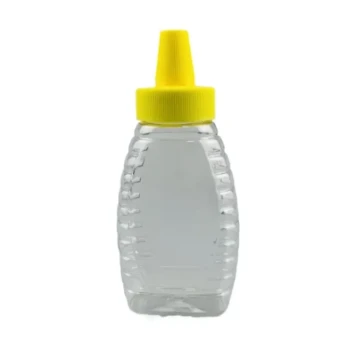
Classic Beehive Honey Bottle Jar with Squeeze Dispenser Lid
Item Number : PHJ-4
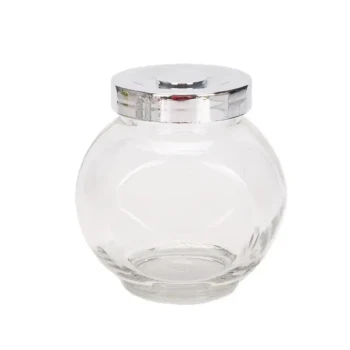
Classic Drum Shaped Glass Honey Jar with Airtight Lid
Item Number : GHJ-3
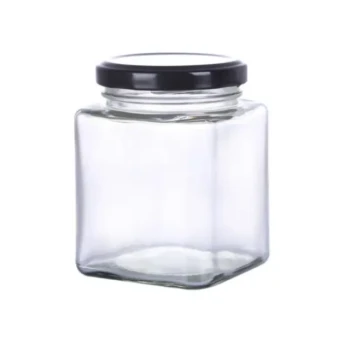
Modern Square Glass Honey Jar with Twist Off Lid
Item Number : GHJ-6
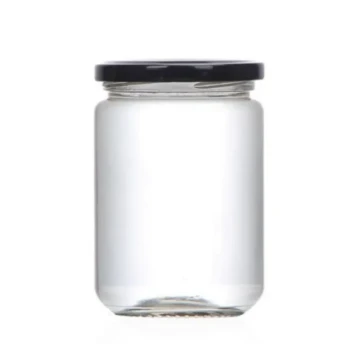
Classic Round Glass Honey Jar with Lid
Item Number : GHJ-7
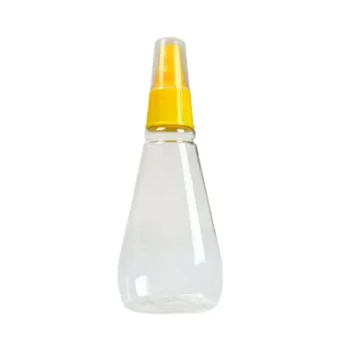
Premium PET Squeeze Honey Bottle with Ergonomic Grip and Rotary Dispenser
Item Number : PHJ-6
REQUEST A QUOTE
Our professional team will reply to you within one business day. Please feel free to contact us!
Related Articles

How to Choose and Optimize Queen Excluders for Healthier Hives
Learn how to choose and optimize queen excluders for healthier hives, including material comparisons, gap sizing, and seasonal strategies.

Mastering Beeswax Demolding: Thermal Control and Tactile Techniques for Flawless Sheets
Learn expert beeswax demolding techniques for flawless sheets—thermal control, tactile assessment, and mold optimization for beekeepers.

The Last Gate: Why a Simple Strainer Defines Honey Quality at Any Scale
Discover why the humble honey strainer is a non-negotiable tool for beekeepers, ensuring honey purity and quality at every scale of operation.

The Hidden Threat After Harvest: Why a Simple Lid Prevents Apiary Disaster
Discover how failing to replace honey container lids immediately after harvest triggers devastating "honey robbing," leading to colony collapse and disease spread, and learn how HONESTBEE's secure equipment protects your apiary.

The Last Drop: Maximizing Yield and Purity with a Stainless Steel Honey Press
A honey press isn't just an extractor; it's a tool to reclaim value from wax cappings, ensuring purity with food-grade steel and solder-free welds.

Mastering the Craft: A Professional's Guide to Calibrating Your Honey Refractometer

How to Use Queen Excluders for Maximum Honey Yield Without Harming Bees
Learn science-backed strategies for using queen excluders to maximize honey yield while protecting bee health and colony productivity.

How Stored Honey Frames Accelerate Colony Recovery: A Beekeeper’s Guide
Learn how stored honey frames boost spring colony recovery with science-backed strategies for beekeepers. Enhance survival & brood production.

How to Optimize Queen Excluders for Healthier Bees and Better Honey Harvests
Learn science-backed strategies to optimize queen excluders for healthier bees and better honey harvests. Balance productivity and bee welfare.

How to Optimize Queen Excluder Placement for Healthier Hives and Higher Honey Yields
Learn how to optimize queen excluder placement for healthier hives and higher honey yields with expert beekeeping tips.

How Honey Bottle Designs Combine Convenience, Safety, and Sustainability
Explore modern honey bottle designs that balance convenience, safety, and sustainability for mess-free use and eco-friendly packaging.

How to Harvest Honeycombs Efficiently Without Compromising Quality or Bee Health
Learn efficient honeycomb harvesting techniques that maximize yield while ensuring bee health and honey quality. Essential guide for beekeepers.

How to Boost Wax Production in Bees During Nectar Shortages: 3 Proven Methods
Learn 3 science-backed methods to boost bees' wax production during nectar shortages—syrup ratios, pollen patties, and brood management.

How Propolis Protects Honey Bee Colonies: Antimicrobial Science & Beekeeping Applications
Discover how honey bees use propolis as a natural antimicrobial shield to protect their colonies, and learn beekeeping applications for healthier hives.

How to Choose Honey Storage Containers That Prevent Spoilage and Extend Shelf Life
Learn how to choose honey storage containers to prevent spoilage and extend shelf life with expert tips on materials, sealing, and climate considerations.

How to Accurately Test Honey Readiness: Science-Backed Methods for Beekeepers
Learn science-backed methods to test honey readiness, from bee behavior to refractometer use, ensuring optimal harvest timing and quality.

Beekeeping Essentials: How to Choose and Use Supplies for Healthy Colonies
Essential beekeeping supplies guide: hive selection, protective gear, smoker tips, and common mistakes to avoid for healthy colonies.

How Floral Composition Shapes Honey Texture: Managing Crystallization for Perfect Consistency
Learn how floral sources affect honey crystallization and discover expert techniques to control texture for perfect consistency.

How to Strain Honey Like a Pro: Science-Backed Methods for Maximum Purity
Learn science-backed honey straining methods for maximum purity—dual-layer filtering, temperature control, and material selection tips for beekeepers.

How to Stop Honey Robbing: Science-Backed Strategies for Safe Harvesting
Learn science-backed strategies to prevent honey robbing and protect your apiary. Essential tips for safe harvesting and hive defense.
